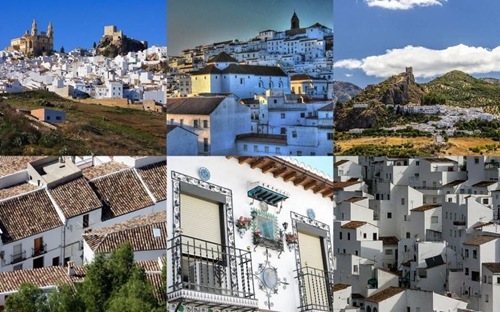
The legacy of Islamic Al-Andalus…
In southern Spain, in the autonomous community of Andalusia, between the Atlantic in the west and the Mediterranean in the east, lies some of the prettiest towns in Spain - perfectly whitewashed with red and brown tiled roofs, narrow, winding, cobblestone streets, and ornate churches atop cliffs and river gorges, and all offering rolling views of the hills below. These are the famous ‘White Towns of Andalusia’, or Pueblos Blancos. The towns are located the northern part of the provinces of Cádiz and Málaga in southern Spain, mostly within the Sierra de Grazalema Natural Park.
The Towns were originally built and settled by Berber farmers from North Africa who came to Andalusia between the 9th and 10th centuries - the early heyday of Moorish rule. While the Moors were in charge, these farmers peacefully worked the valleys. By the late 11th century, when the Christian Reconquest began to topple the Muslim kingdoms in Northern Spain, these farmers began heading for the hills. Choosing the highest vantage points, some of which had already been the sites of former Roman settlements, and enclosing their streets of Moorish-style whitewashed homes in fortified walls, they found safety in their isolated pueblos.
Although the Catholic troops eventually triumphed, it is often the Moorish influence that makes these towns architecturally interesting, with their labyrinths of narrow, cobblestone streets, their fortress-like walls, and their little whitewashed houses with the characteristic wrought-iron grilles. Despite having a distinct, Arabic feel to them, each village has at least one Roman Catholic church - a sign of Catholic victory over the Muslims.
Whitewashing buildings were done because of the antibacterial properties of the alkaline whitewash, and also because a wholly whitewashed village appears socially cohesive. However, it is nevertheless a fact that there is no evidence that the majority of the villages were whitewashed before the 1920s. Indeed, investigation of paint layers on the buildings have revealed that few were whitewashed before that time, and further, that an array of pigments were added to the annual whitewashing activity, chiefly red and yellow ochres. Some decorative effects were also recorded, from the eighteenth century onwards, in a number of villages. These coloured buildings survived until the dictator Miguel Primo de Rivera passed an instruction to the leader's local political allies to suppress differences in villagers' choices and to disallow any deviation from a politically engineered appearance of normality.
Related Posts:
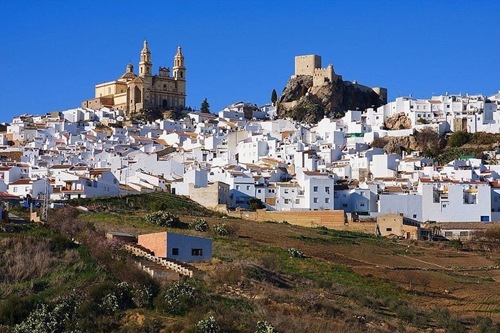




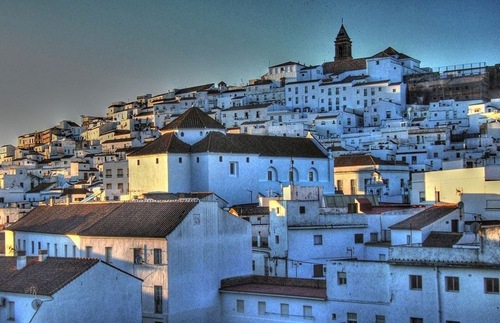
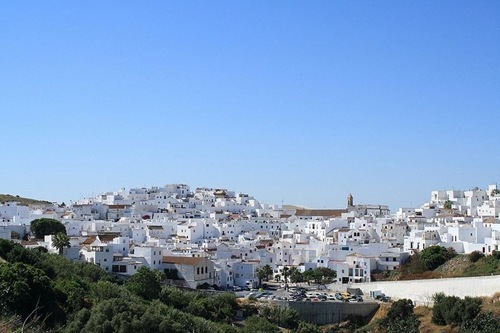
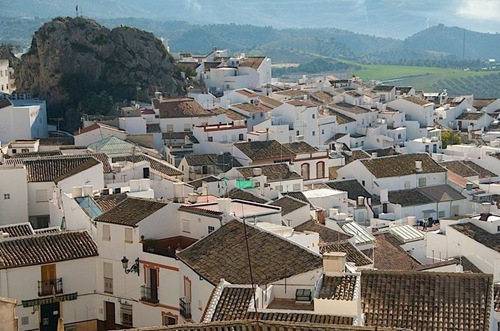
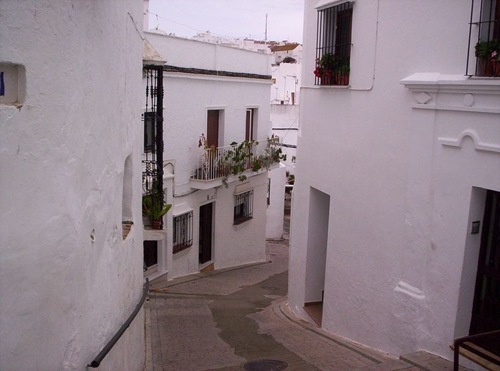


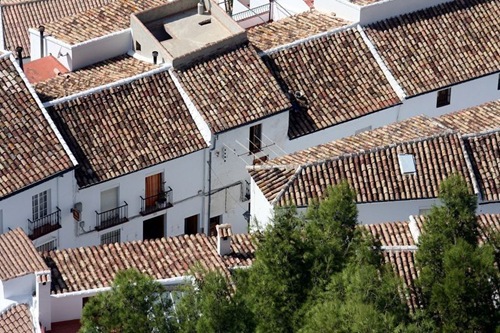
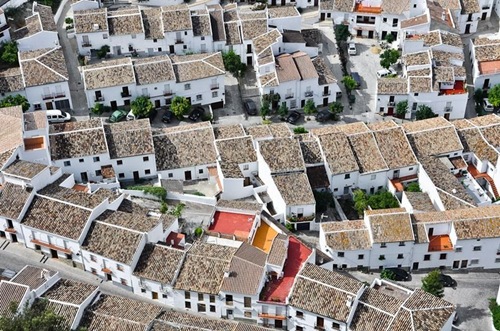
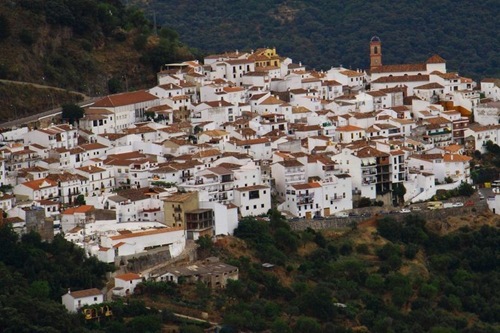
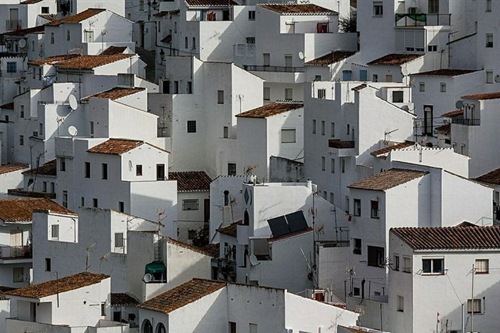
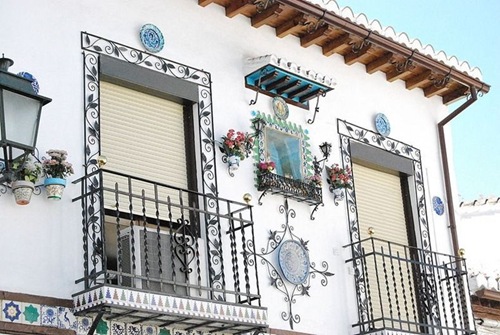
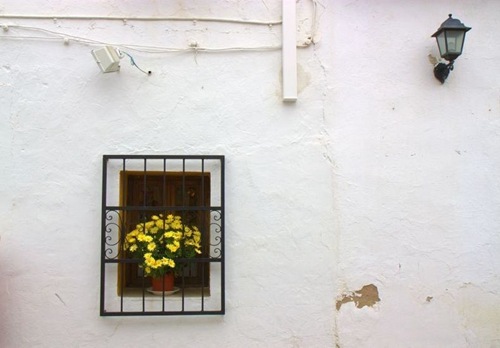
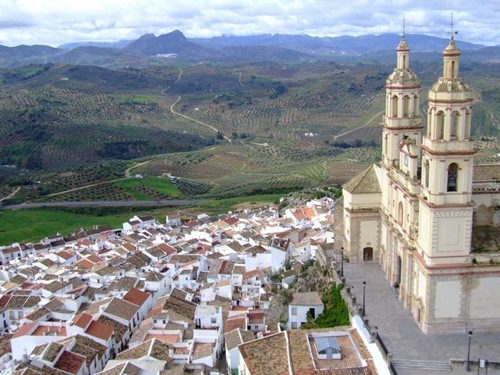
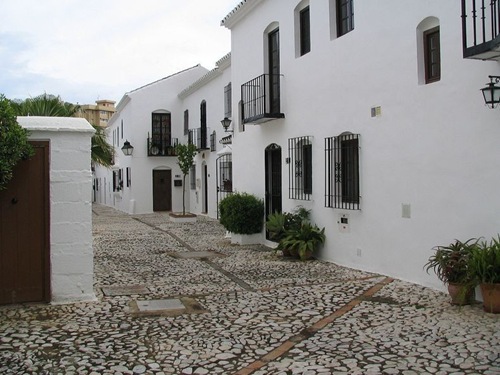
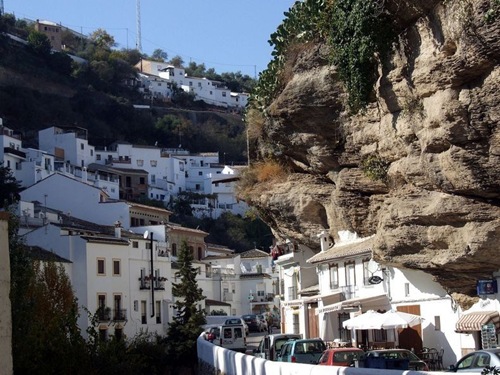
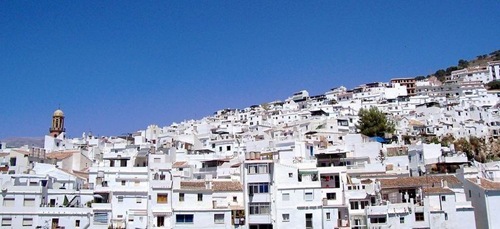
No comments:
Post a Comment
Please adhere to proper blog etiquette when posting your comments. This blog owner will exercise his absolution discretion in allowing or rejecting any comments that are deemed seditious, defamatory, libelous, racist, vulgar, insulting, and other remarks that exhibit similar characteristics. If you insist on using anonymous comments, please write your name or other IDs at the end of your message.